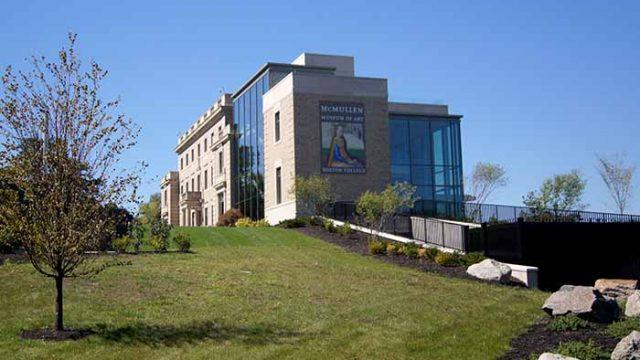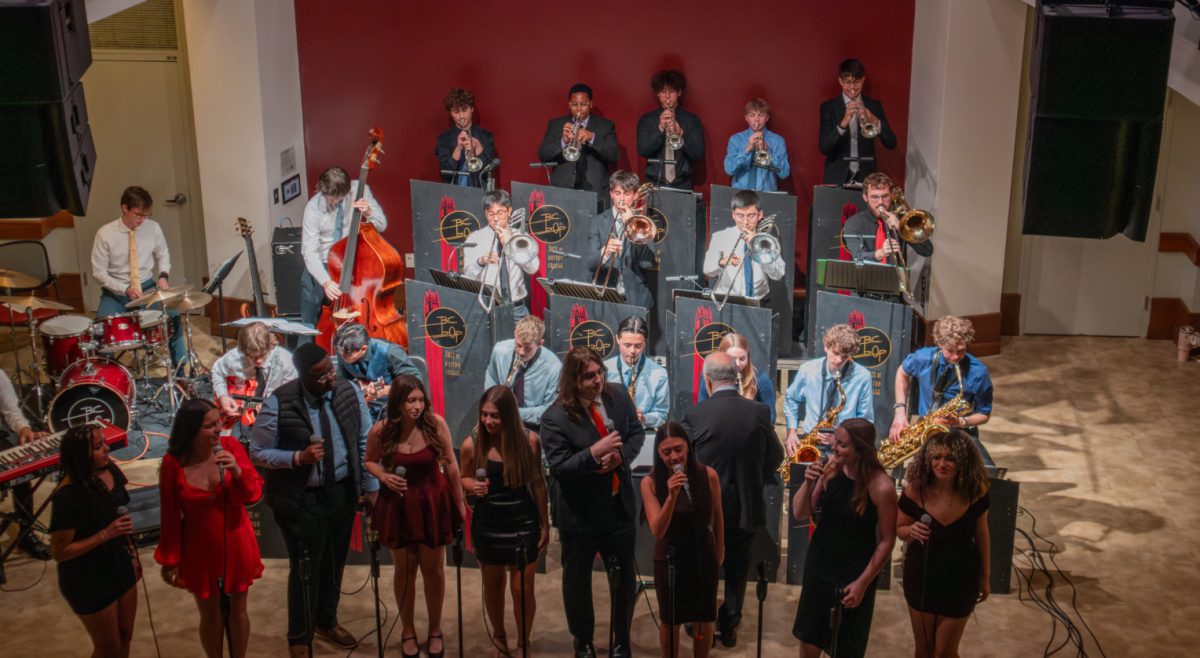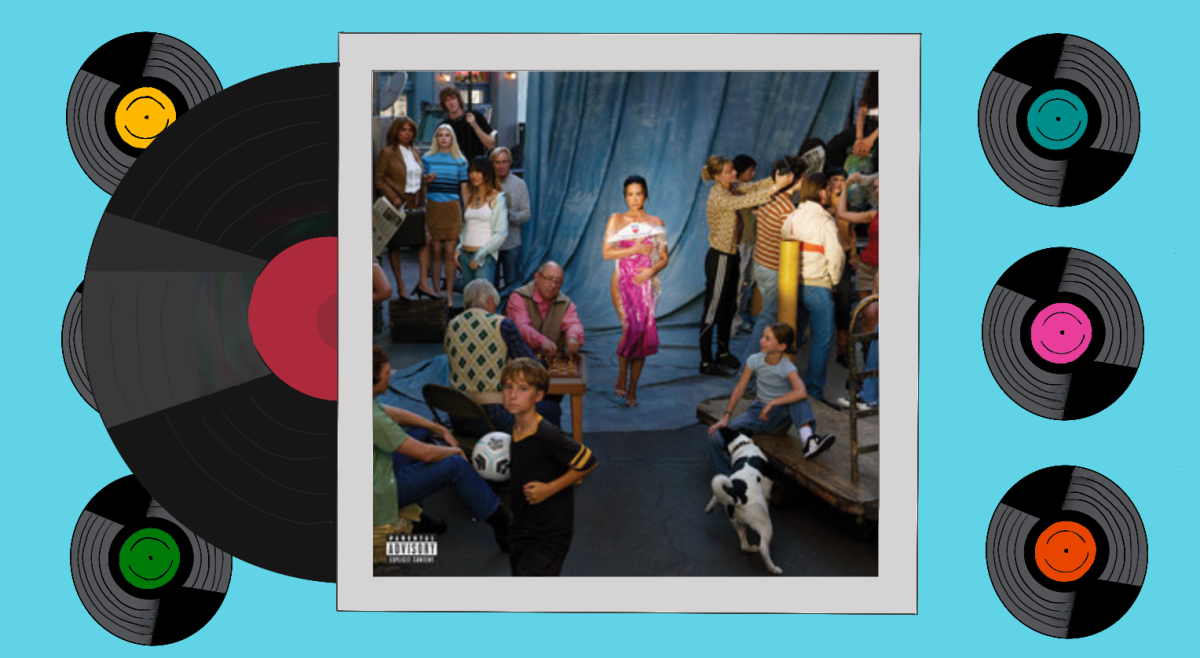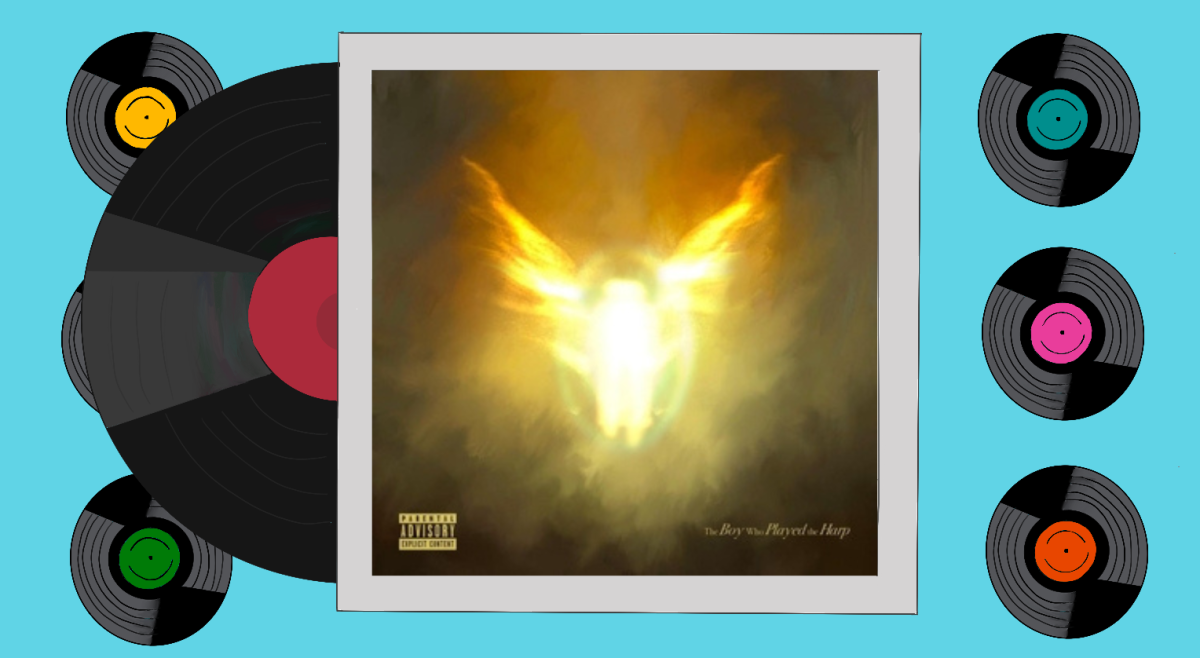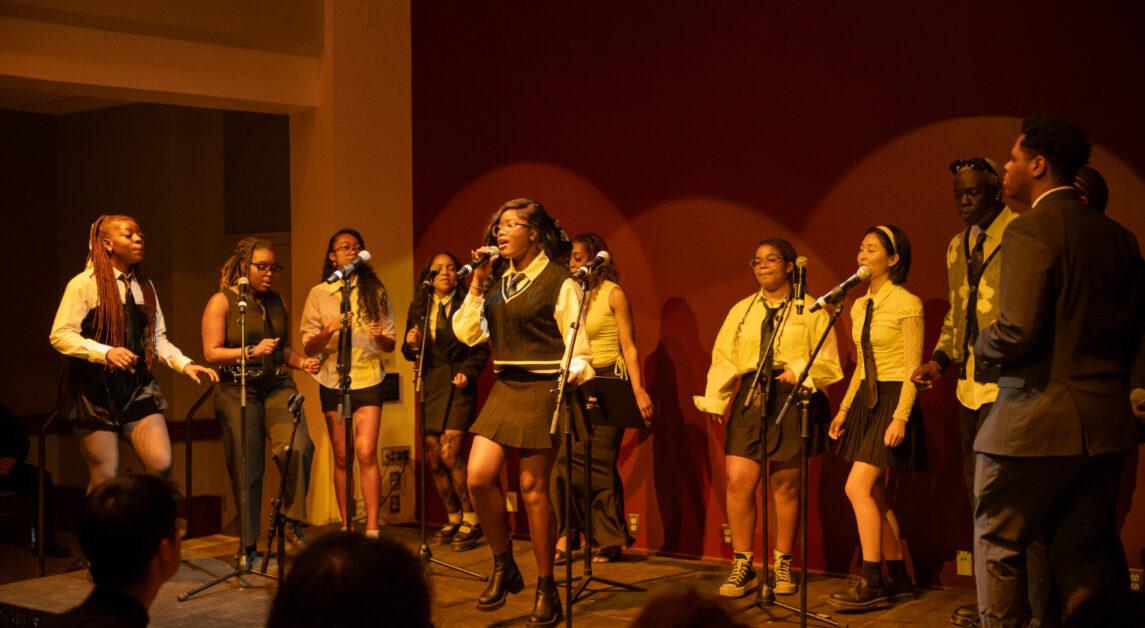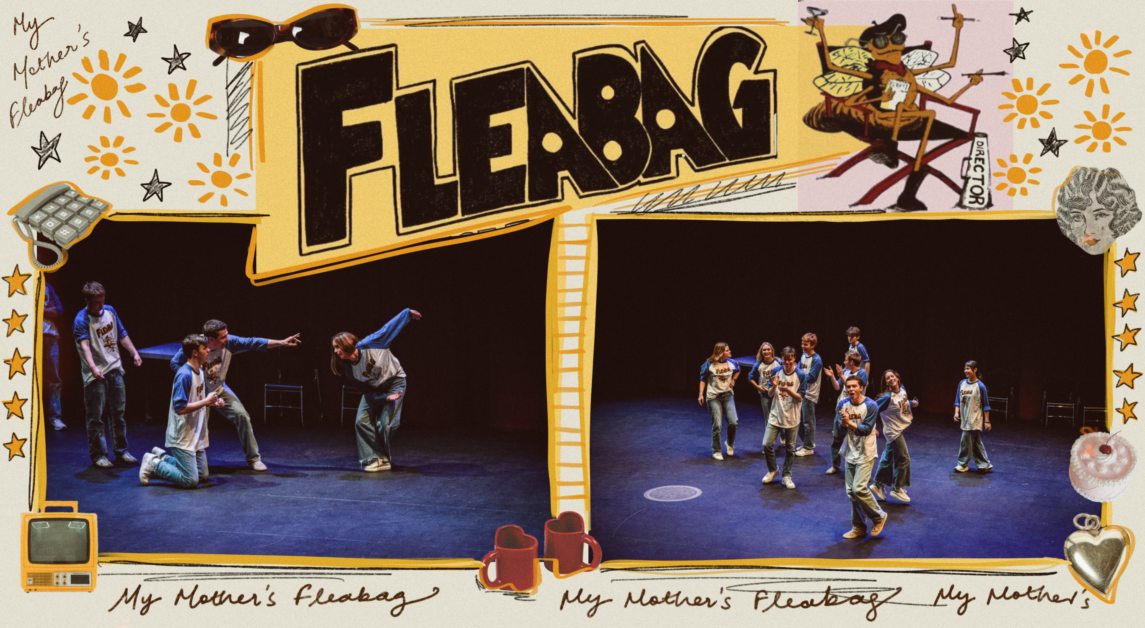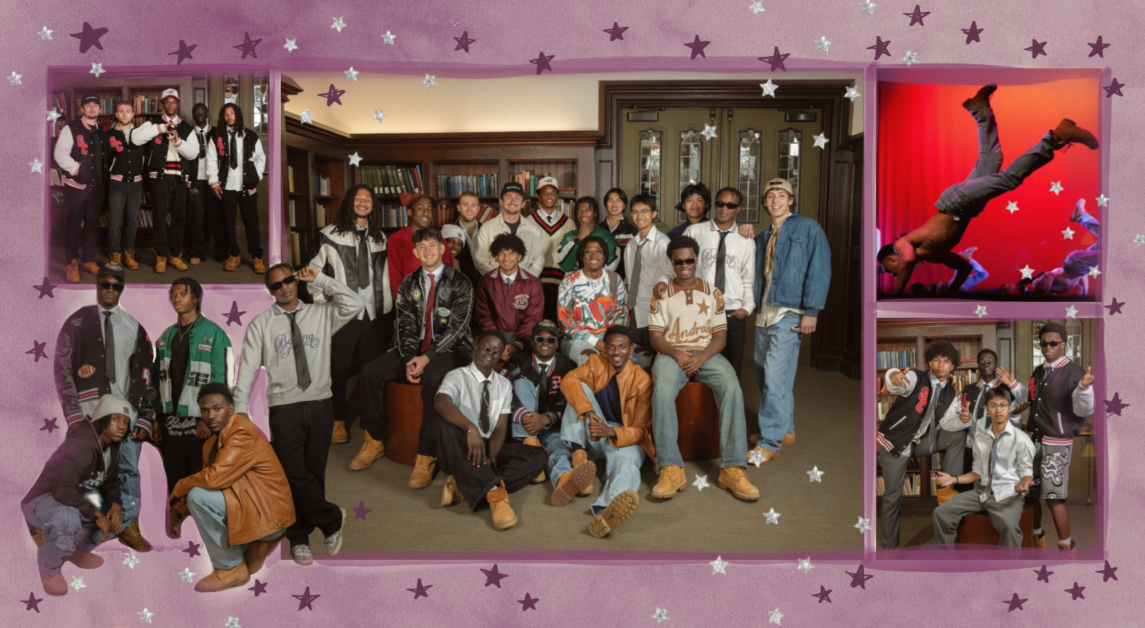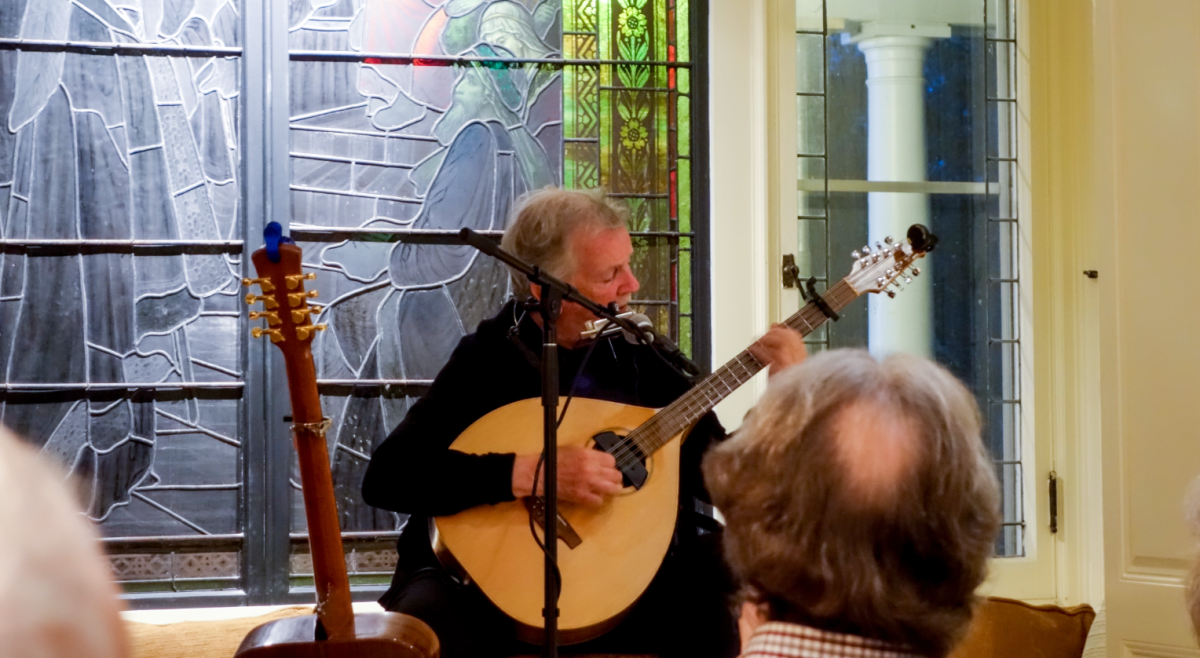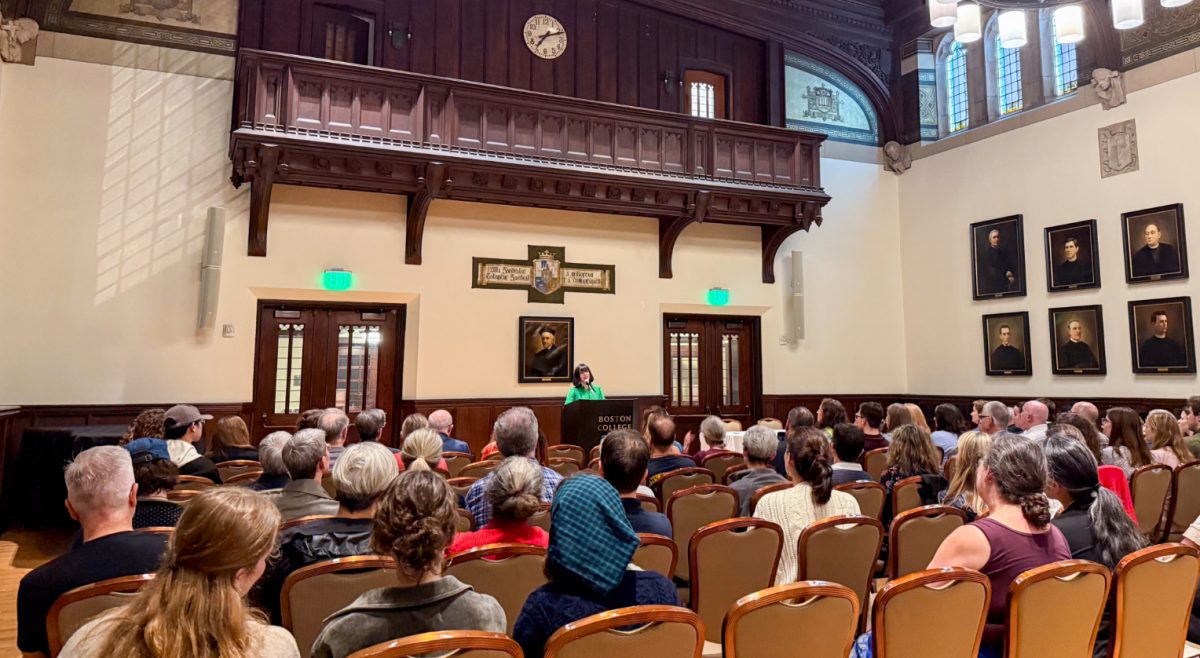Everyone knows that Boston College is home to a breathtaking campus. Whether your eye fixes itself on Gasson involuntarily every time you walk by it, or if you take a second to really notice some of the intricate sculptures that align St. Mary’s, there are fascinating facets of BC everywhere. There is, however, one overarching flaw to the campus’s design that becomes more obvious the longer you’re here: everything, to an extent, looks the same.
Sporting a fancy modern glass-wall corner, elegant and varnished hardwood flooring, a stunning new deck on its third floor, and Renaissance Revival architecture, the new McMullen Museum stands apart from the rest of the buildings on campus. Even for those who aren’t the biggest art history buffs on campus, McMullen is one of the most tranquil and alluring locations under BC’s collective belt. Its architecture, compared with its gothic brethren, makes it stand out all the more. While great views of Boston can be found all throughout campus, from the fifth floor of O’Neill to the more mundane classrooms in Campion Hall, none are as sublime, inviting, or literally airy as the third-floor deck of McMullen. Any student hoping to enjoy a serene setting whilst doing homework or studying for an exam should immediately venture over to McMullen, for he or she will not be disappointed by the spaces the museum and its staff have opened up to students.
In 1927, the original building for McMullen Museum was built. Then, it was the residence of the Archbishop of Boston, and was built under William Henry O’Connell. The building served as the residence of the Archbishop from then until Cardinal Bernard Law vacated the premises in 2003. BC acquired the property in June of 2004, when the Archdiocese of Boston sold the residence, along with the rest of the Brighton Campus, to the University. The building was then renovated to create a larger, more art-appropriate space.
The museum’s director, art history professor Nancy Netzer, and her staff had been looking to expand the McMullen Museum, which was housed in Devlin Hall since its opening in 1993, for about 10 years before settling on the archbishop’s residences five years ago. Plans for renovating the building began shortly thereafter, and renovators were finally given permission to break ground toward the end of 2014. Now, this past Monday, about two years later, the new McMullen Museum has finally opened its doors to the public.
Compared to its former home, the new facilities hold about twice as much space for galleries and around four times as much space for housing, transporting, and storing the museum’s collection and visiting exhibits. The expansion brings more possibilities for the museum than the Devlin facilities could have provided.
“If this is where students want to be, then we’d love to accommodate them,” Netzer said. “This could be the perfect space for a lot of campus events, parties, and the like, especially if the folks at campus activities are interested in it. It’s a lot better than some smelly bar.”
[aesop_gallery id=”120393″]
Netzer also emphasized how perfect the museum’s featured exhibit, Beyond Words: Illuminated Manuscripts in Boston Collections, is as the new venue’s premiere exhibit. Beyond Words features an array of illuminated manuscripts dating before the 16th century, detailing many of the practices of religious figures as well as the secular pleasures and governmental works of the day. While McMullen is not the only museum featuring the Beyond Words exhibit (Isabella Stewart Gardner Museum and Harvard’s Houghton Library also feature Beyond Words manuscripts), McMullen has the largest display of manuscripts. Split between the two galleries on the second and third floor of McMullen, Beyond Words utilizes the new building’s space appropriately, enticing students to explore the entirety of the museum.
Over the next few months, the Beyond Words exhibit will become more accessible to the average layman. Family workshops, concerts, and tours welcome students, faculty, and the public to come to McMullen and experience these manuscripts in new and exciting ways. The upgraded digital interface, made up of iPads with immaculately rendered scans of the manuscripts on display, helps less art-literate attendees immerse themselves in the history presented before them. Lectures through December and a symposium at the beginning of November offer those with a more scholastic interest in the manuscripts to enter a dialogue on the exhibit with colleagues and art history professionals.
“These books are usually hidden in libraries,” Netzer said, stressing how fortunate McMullen is to have them displayed the exhibit. “To have them all out and at your own institution is once-in-a-lifetime opportunity. I’ve never seen a collection like this, and I’ve lived in Boston for a long time. This is an exhibition people would come from all over the world to see and it’s right in your backyard.”
And then, around the McMullen Museum’s lobby, main staircase, and main gallery entrances is a collection of eight of art professor Andrew Tavarelli’s postmodern paintings. The eclectic, colorful gallery, Global Convergences, is one of the most eye-catching aspects of the new museum, and it clogsthe staircases during the museum’s busier hours with distracted students lost in fantastical images. Since Tavarelli plans to retire later this year, it is fitting that the museum has chosen to honor the professor with this featured gallery.
While the McMullen Museum has a lot to offer students and general attendees, it also gives students a chance to work with the museum’s full-time staff as “student ambassadors.” These ambassadors are in charge of a variety of projects that the staff has designated to them, as well as greeting the museum’s attendees, giving tours, and running the museum’s Art After Dark nights. The attendance, quality, and success of these Art After Dark events are in a large part thanks to the student ambassadors and the fervent effort they put forth in drawing people towards the museum.
While the ambassador program is not accepting any new applicants for the 2016-17 school year, McMullen’s Education Outreach Specialist Rachel Chamberlain encourages students of all backgrounds and majors to apply to be next year’s ambassadors.
“The types of skills I am looking for depends on what projects I know we have coming up and what goals we are hoping to achieve in the coming year,” Chamberlain said.
For the first couple months, the student ambassadors will be focusing on promoting the museum and getting a feel for the new facilities. They’ve relaunched McMullen on all social media fronts, began building a 3D model of the museum for the website, and are working on developing graphic design skills and a digital aesthetic for the new museum. Next year, on the other hand, could require a completely different set of skills from those joining the program.
Though BC’s campus is immaculate, there are few spots that can truly be called unique. McMullen’s unique architecture parallels the once-in-a-lifetime art featured in the new museum in the future.
Featured Image by Julia Hopkins / Heights Editor

